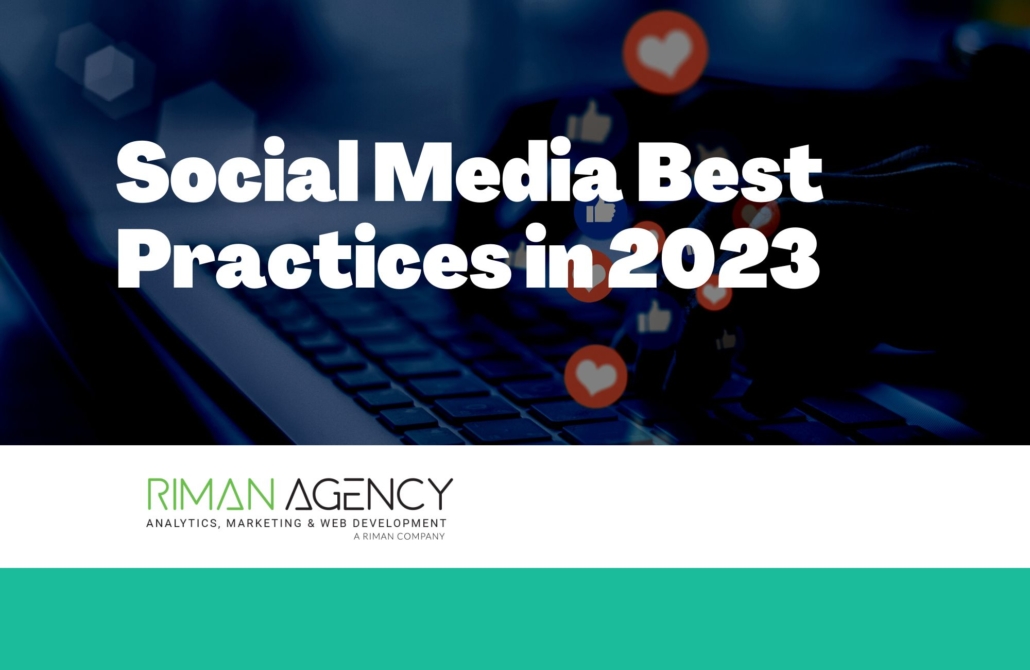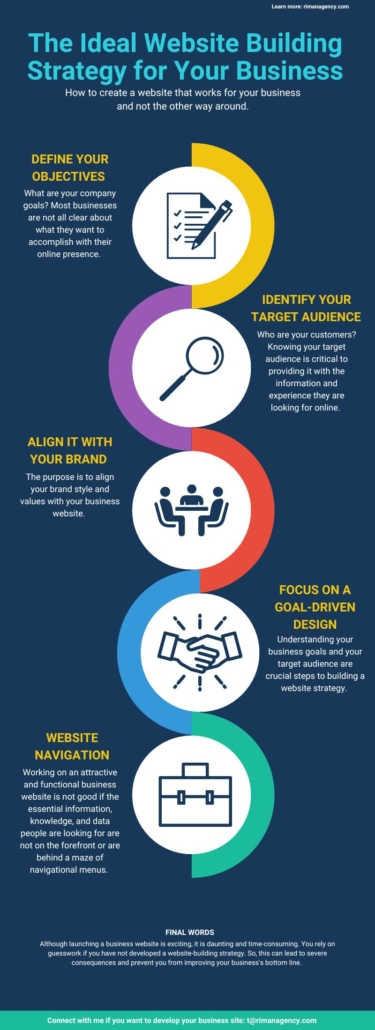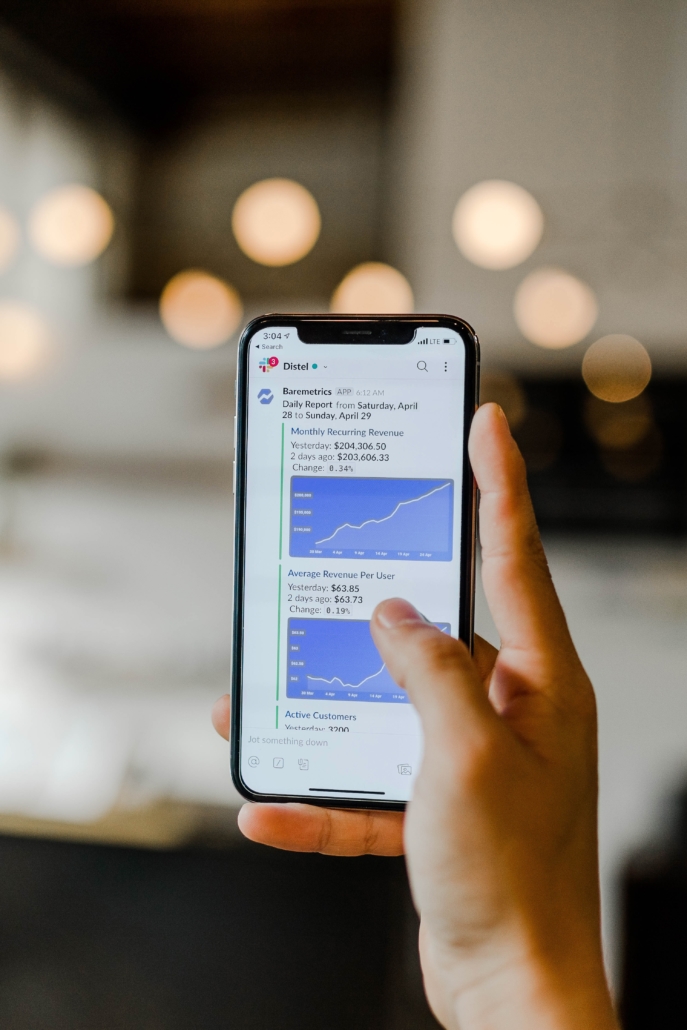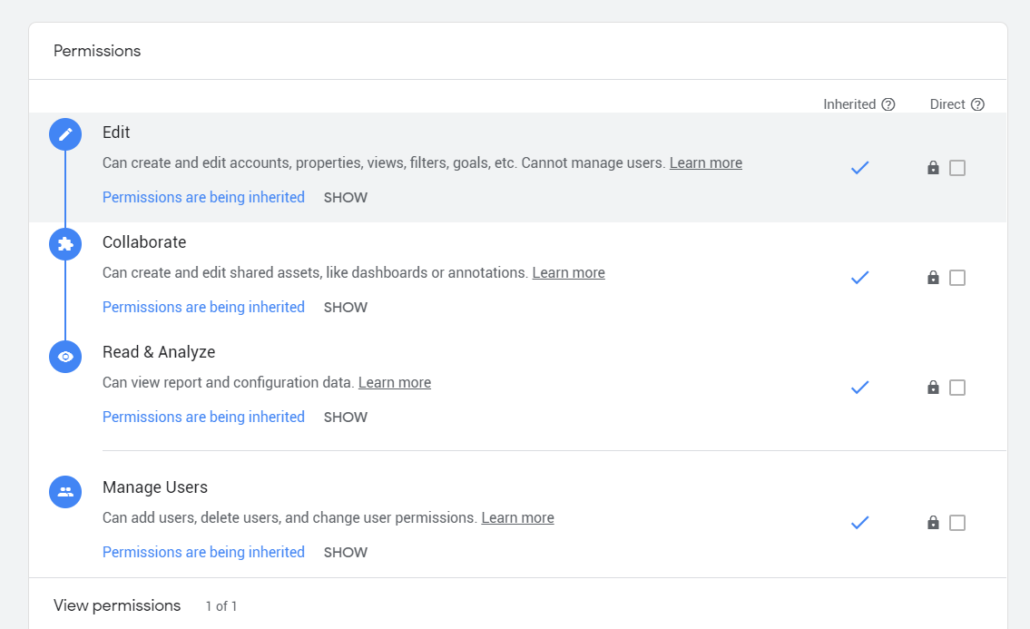Are you looking to improve your business’s bottom line via social media in 2023? If yes, look no further than this guide to achieve your goals!
 Social Media Best Practices in 2023
Social Media Best Practices in 2023
Social media influences consumers in North America to purchase products or services. It is one of the most effective and inexpensive digital marketing tools. Companies can use social networking platforms to increase their online presence, reach their target audience, and attract new customers.
It also enables businesses to highlight new products and services, collects customer feedback, and build relationships via relevant, engaging, and positive experiences or content.
Social media is a popular and convenient digital marketing tool for businesses. However, many businesses in Canada, particularly small businesses, do not use social media for digital marketing.
According to Tarek Riman, a professional entrepreneur, experienced digital marketer, and skilled social media expert, businesses neglect social media because they think it is confusing, daunting, and time-consuming.
Most small businesses also do not understand how to create and implement a solid social media strategy. Tarek Riman says social media can help a company attract followers and convert them into loyal customers.
However, effective social media marketing requires companies in the U.S and Canada to connect with the right audience, establish a comprehensive strategy, and treat followers/consumers as if they were face-to-face customers.
In addition, it requires offering contests, events, and giveaways to convert social media followers into loyal and high-paying customers. So, how to do this? What are the best social media practices in 2023?
Today’s article will give you the most practical tips/tricks to streamline the entire process and make the most of your social media strategy across different platforms, including Facebook, Instagram, and Twitter. Read on!
Define Your Goals
Define your goals using the S.M.A.R.T framework. For instance, you may want to gain 100 new followers on Facebook in one month, create at least 2-3 events that generate $500 or $1,000 in sales in the next three months, or drive 2,000 people to your website.
On the other hand, you may incorporate Twitter or Instagram in your strategy to provide optimal customer experiences and services to increase brand, product, or service awareness among your target audience. According to Tarek Riman, your goals will you to track, analyze, and evaluate your digital marketing activities.
Build Your Brand
Content is king. Right? The content, especially the graphical or visual elements you post, is crucial to establishing your brand identity and reputation on social media. For instance, you can create a logo that represents your brand. Make sure you use the same logo across social media platforms.
In addition, use the same color palette for your photos and images consistently. The purpose is to ensure your followers on social media recognize your business. Use your profile, bio, and cover photos to communicate with your target audience and tell them who you are and what your company does better than others.
You can use hashtags for search terms or keywords that highlight your business vision, mission, brand value, products, services, events, campaigns, and industry. Remember, hashtags are a powerful way to increase engagement, build awareness, and categorize visual content.
Select a Relevant Social Platform
Most businesses jump into all social media platforms. However, Tarek Riman recommends finding the network that aligns with your business and customers’ profiles. Your company has unique consumer segments with specific psychographics, demographics, and behavioral characteristics.
Therefore, you must perform thorough research to determine what social networking platforms your prospective and existing customers use. The purpose is to align your events, content, and ads. Each social media platform has its strengths and weaknesses.
For instance, Instagram is a powerful social networking platform for businesses looking to reach younger audiences via graphic-rich content, such as photos, infographics, and videos.
Likewise, Twitter is the best social media channel for businesses to provide exceptional customer service. However, Facebook is an all-inclusive social media app for starting digital marketing.
Tarek Riman recommends filling your business page, making your photos and videos look good, and using ad tools and analytics to gain insights. Once you feel comfortable with a specific social media site, you can expand and diversify to other platforms, including Pinterest, Instagram, Twitter, LinkedIn, and TikTok.
Consistency is Key
According to Tarek Riman, a successful business project requires consistency and dedication; the same principle applies to social media. I.T. requires you to commit resources and time and post messages daily and at the right time to ensure your followers see them.
Determine the best time to post by understanding the locations and demographics of your social media followers. You must track the engagement of your social media posts from time to time to gain valuable insights and use them to modify or maintain your strategy.
Remember, textual, graphical, and video posts must engage your target audience and provide them with relevant information to build relationships. Don’t forget to reply to comments, questions, concerns, or problems immediately. Use events and promotional strategies to engage your target audience.
Engage Your Target Audience
Customers want to buy products or services that positively impact their lives. Communicate with your followers and tell them about your business story, share your company values, and highlight the positive impact of buying products or services from your business.
Tarek Riman recommends posting behind-the-scenes photos to communicate your business passion. You can pose questions to your target audience or customers and inspire them to participate in conversations.
Post videos of your events, campaigns, and videos to tell your business story. Fill in your posts with relevant content, photos, and videos that express the foundation of your business and your reason for selling products and services. Let us now discuss how to make the most of social networking sites for marketing purposes.
Facebook is the most powerful and widely used social networking site. It can help your business spread the word about your brand, products, or services and provide information about your business to persuade your target audience and educate and entertain them. Here are a few best practices to consider when using Facebook.
Optimize Your Posts
Optimize your post according to Facebook’s algorithm. Determine the anatomy of your Facebook posts and analyze whether your target audience uses the web or mobile app. Riman says most people use mobile devices to access Facebook.
Therefore, you must optimize your post for smartphone users and display your posts using the correct dimensions. Likewise, post graphical content with the right font and size so your target audience can read it easily.
Post Content Daily
Although you may find it challenging to post content daily, it is worth your time. People make more friends and “Like” pages daily, meaning if you fail to post content daily, you may not stand out from the competition.
Tarek Riman says posting at least 3-5 times a day is enough for businesses to engage consumers. Riman recommends checking Facebook insights to analyze when the right time is to post content on Facebook.
Likewise, you can see when your target audience is online. Thus, you can post at optimal times; once in the morning, in the afternoon, and the evening.
Talk to Your Audience
Have you ever wondered why it is called social media? Social media is social, meaning you must communicate with your target audience and connect with them to resolve their issues and get positive responses. Tarek Riman recommends:
- Asking questions
- Posting helpful tips
- Linking to blog posts
- Encouraging your audience to like and share
- Tagging users on other business pages
- Highlighting relevant posts
- Using hashtags
- Sharing
- Infographics
- News articles
- Images
- Videos
- How-to blog posts
- Brand stories
- Quotes
- Stats and facts
Add a Call-to-Action (C.T.A.)
Adding a C.T.A. to your posts is essential to drive traffic to your website or encourage consumers to act and buy your product or service. A CTA is an integral part of your Facebook posts. However, it would help if you did not overuse it.
Riman recommends following the 80-20 rule. 80% of your Facebook content is educational, and 20% is promotional (this is where you add a C.T.A.). So, make sure you use the C.T.A.s properly.
Use Facebook Analytics
Facebook Analytics is a powerful tool that gives you an overall picture of your page interactions. You can look for content, engagement, and other trends and keep posting more content your target audience likes and shares.
Instagram is another powerful marketing tool for businesses to drive brand awareness, build and track engagement/interaction, and increase sales. It is an excellent platform for companies to find customers and leverage valuable insights to develop a tailored marketing strategy. Here are a few best practices to ace Instagram.
Promote Your Profile
According to Tarek Riman, promoting your Instagram profile is an excellent way to drive more people to your business. You can use other marketing platforms to drive traffic to your Instagram.
Like you promote your website via email marketing and blogging, you can use business cards, newsletters, and other social platforms to share your Instagram link and encourage users to check your profile.
Use Hashtags
Instagram is hashtag paradise. If you have a small audience, you can use hashtags to grow your audience, but you must use hashtags your audience searches for on Instagram. Using random or irrelevant hashtags won’t do anything well.
In addition, think about branded hashtags, event hashtags, campaign hashtags, industry hashtags, product hashtags, and location hashtags. The purpose is to improve the user experience.
Post relevant hashtags as the first comment on your business post. The purpose is to keep your message alive and reduce the risk of getting lost in the ocean of hashtags on Instagram.
Post Relevant Content
There is a season for everything, such as spring cleaning, Halloween, holidays, bathing-suit season, Easter, Eid, Christmas, etc. Tarek Riman recommends linking your Instagram post to a current event or seasonal trend.
Make sure you find the trends on Instagram and define or implement your strategy accordingly. Become a part of the event or conversation that aligns with your business and is relevant to your target audience.
Run Contests
Running contests is an excellent way to build and grow your audience on Instagram. The primary objective of contests on Instagram is to increase engagement. Set the rules to engage users and encourage people to follow you on Instagram.
Likewise, encourage participants to like, comment, and share your posts or use a specific hashtag. You can use user-generated content by asking your followers to submit photos and videos with a specific contest hashtag.
One of the most significant advantages of Twitter for companies is that it enables them to share information quickly or start conversations with their followers. Your audience will find your tweets easily, but you must have educational, valuable, and promotional content that engages your target audience.
Optimize Your Tweets
According to Tarek Riman, a good tweet is between 120 and 130 characters because it leaves space for the link and at least 1-3 hashtags. In addition, if you are sharing statistical data, an article, or a quote from a brand, include that company in the tweet.
The purpose is to increase the likelihood for your followers to see, comment, and retweet your tweets. The more content you share, the more following you will gain. Thus, you can spread your brand message and engage your target audience and existing customers.
Post Visual Content
Although people don’t use photos and videos frequently on Twitter because tweets are text-based, tweets with photos and videos receive higher engagement rates. Research shows that tweets with images see 55% more engagement and lead conversions. If you want to post a photo, use the correct dimensions, such as 440 x 220 pixels.
Add Links to Tweets
Add links about 25% of the way through your tweet. Links added to the tweet receive higher click-through rates. However, it would help if you placed them at the start of the tweet because links placed at the end of a tweet have fewer engagement rates. In addition, shorten the links to ensure they appear cleaner and simple to read in a tweet.
Try Twitter Ads
Using Twitter Ads is a brilliant way to grow your followers, drive traffic to your website, and convert leads. It also increases engagement, finds leads, and turns people into loyal customers. Twitter ads are relatively less costly than other platforms. So, giving Twitter ads a try or test run is worth your time and money.
Use Twitter Analytics
Twitter Analytics is a powerful tool for businesses to analyze data and generate valuable insights. You can use this tool to measure the engagement and understand how to post successful tweets. Twitter analytics also tells you about your target audience’s demographics, locations, and interests.
Final Words
Social media is integral to your digital marketing strategy to promote your brand, products, and services. It can help you build a brand reputation and increase sales. However, you must develop a solid social media strategy and follow the best practices to achieve your goals.
Riman Agency has been in the digital marketing industry for many years. We have a team of social media marketing professionals with years of experience and extensive knowledge of innovative techniques and tools to develop a sophisticated and result-driven strategy for your business. Contact us today!


 What is a holistic digital market strategy? How do I create a successful plan? What factors should I consider? Here is what you need to know!
What is a holistic digital market strategy? How do I create a successful plan? What factors should I consider? Here is what you need to know! 




